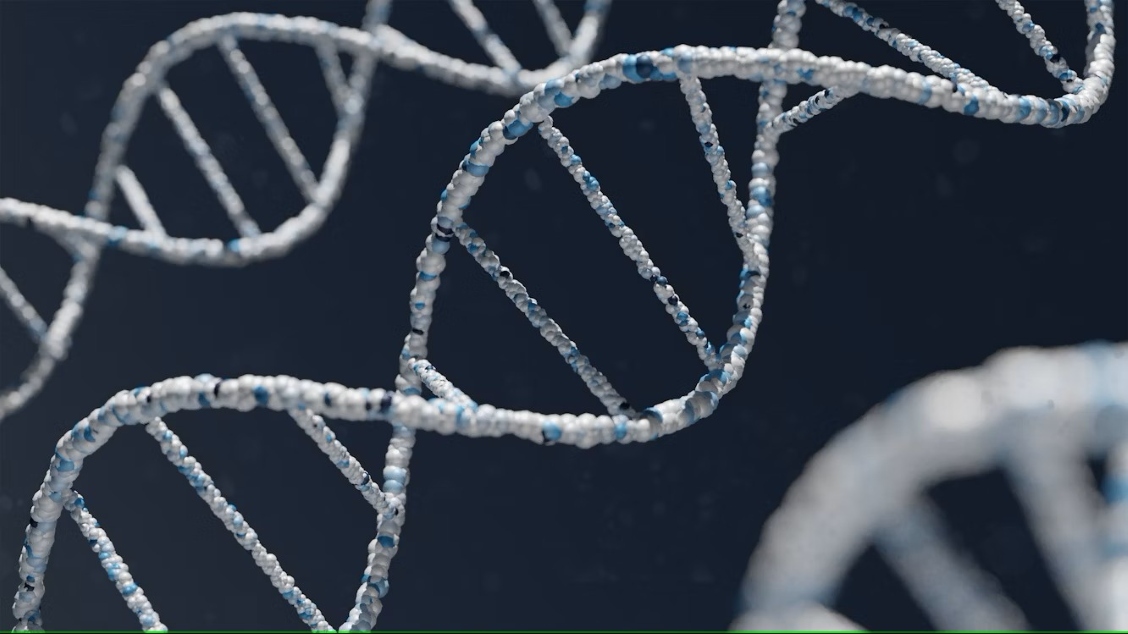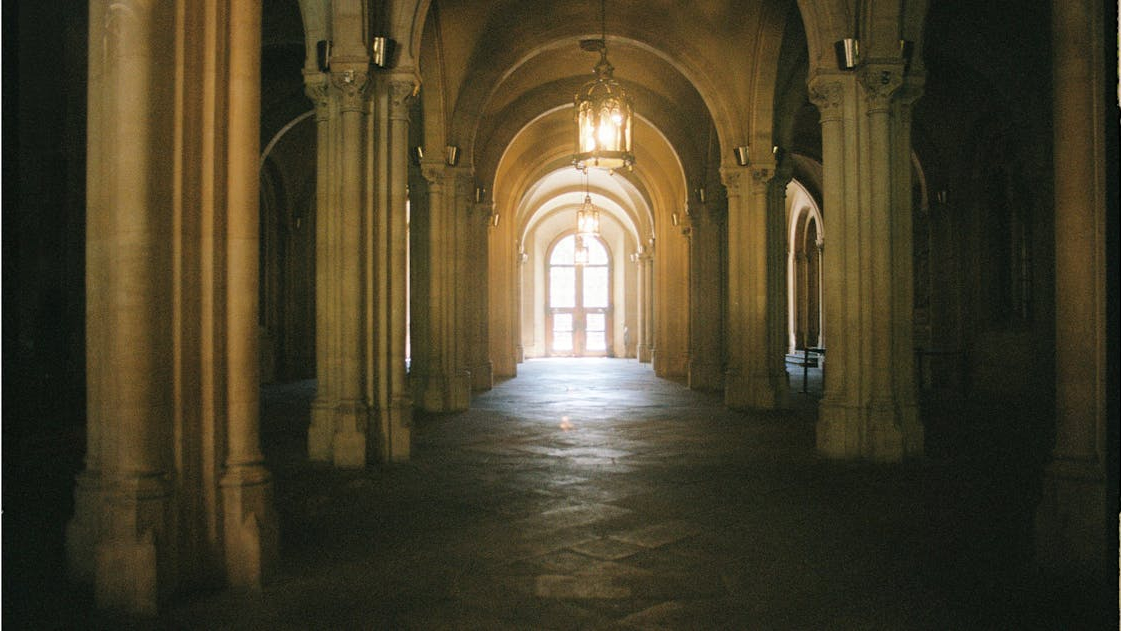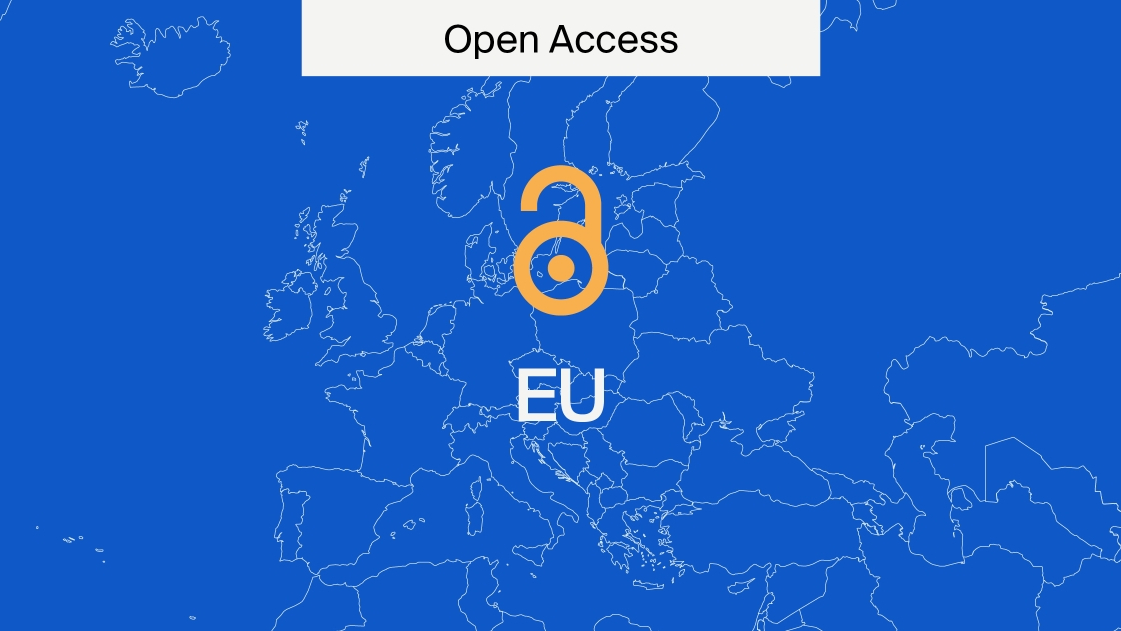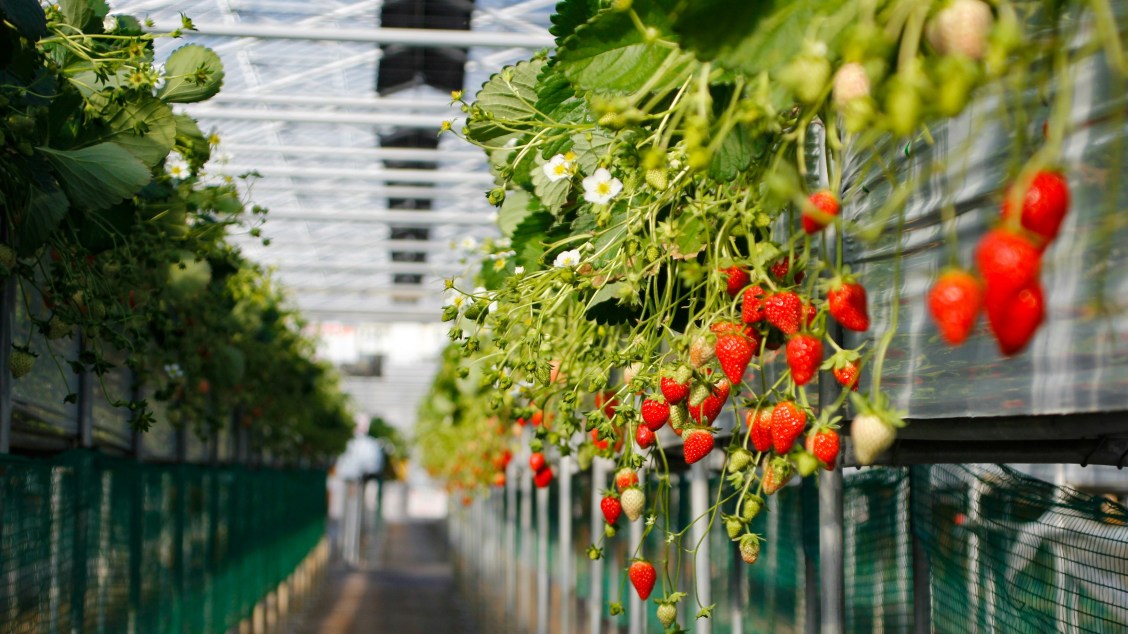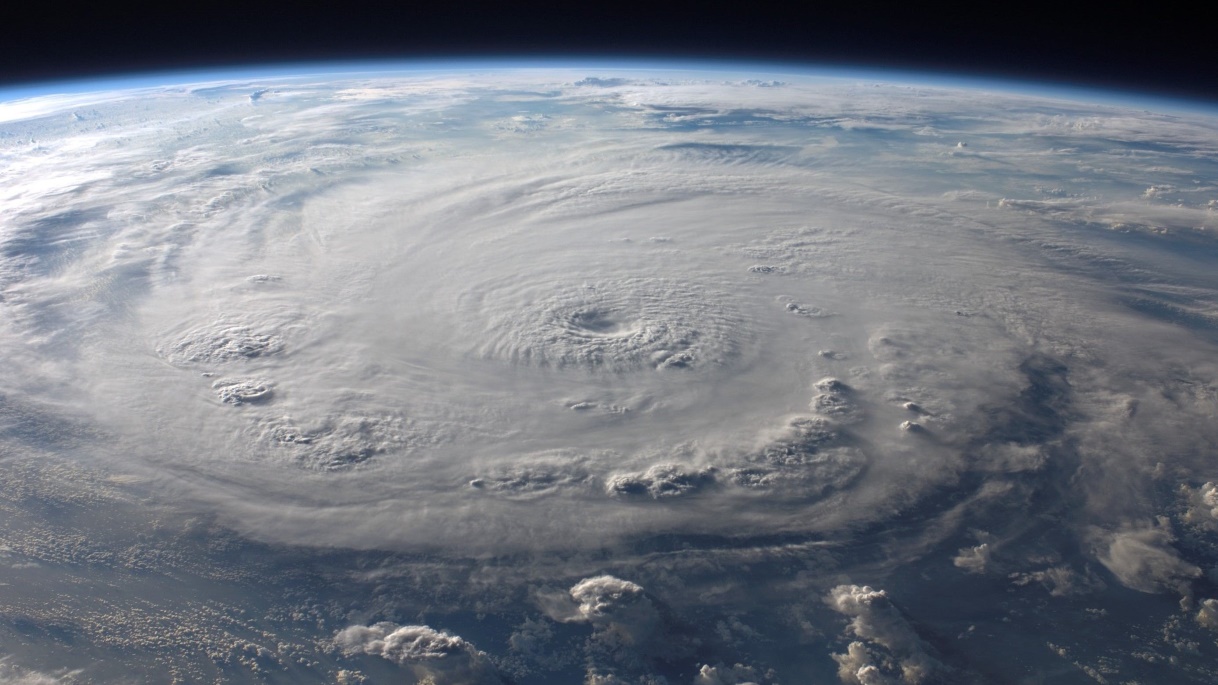
International Day for the Preservation of the Ozone Layer
On 16th September 2021, the International Day for the Preservation of the Ozone Layer took place. The observance aims to raise awareness of the ozone layer and how it is being destroyed by climate change.
Ozone layer
The ozone layer is a fragile shield of gas around the globe. It is located 15–30km above Earth’s surface. It prevents many dangerous UV rays from harming life on Earth.
MDPI Atmosphere hosts many papers and Special Issues which explore the ozone layer, including “Ozone Depletion and Climate Change” (2014), which contains two articles and one review. The review, by Dameris and Jöckel, goes over chemistry-climate models and how helpful they are when it comes to future predictions.
“Ozone Evolution in the Past and Future” (2020), meanwhile, is made up of nine papers which all discuss the ozone layer. In particular, Smyshlyaev et al.’s model demonstrated how the World Meteorological Organization (WMO) likely overestimated the reduction in HFCs and CFCs from 2010–2020.
Discovering the ozone layer
The layer has always been around. However, its existence was first discovered in 1913. The name comes from “ozein” in Greek, which means “smell”. This is because the gases of the ozone have a strong odour.
It is formed when sunlight interacts with O2 molecules. These molecules then become O3, the molecular formula of ozone.
Ozone is actually poisonous to humans at surface level, but as a shield, it provides wonderful protection. Without this layer, ecosystems are damaged and incidences of skin cancer and cataracts in humans increase.
It was discovered in 1974 that a hole in the ozone layer had been created, thanks to harmful human activity. It is located above the South Pole.
Climate change
This hole was created by human activity, largely by the use of chlorofluorocarbon (CFC) gases. These gases are created by cooling appliances such as refrigerators and air conditioning systems, but also aerosols and the manufacture of packing foam.
All of these substances release chlorine, which damages the ozone layer. Another gas that contributes to this damage is bromine, used in the manufacture of plastic and computer boards.
In response to the discovery of this hole, on 22nd March 1985, the Vienna Convention for the Protection of the Ozone Layer was signed. The Vienna Convention was an agreement between all 198 United Nations members to protect the ozone layer.
The Montreal Protocol was part of the Convention. It instructed those in power to reduce 99% of all ozone-depleting substances. The Protocol also outlined the phasing out of CFCs. They have been slowly replaced by hydrofluorocarbons (HFC) gases. HFCs are less harmful than CFCs, but they still have an effect.
By 2009, both the Convention and the Protocol had been signed by every country in the world.
The Kigali Amendment was added in 2019. It further encourages the reduction of greenhouse gases and HFCs.
International Day for the Preservation of the Ozone Layer
Thanks to these efforts, the hole is now gradually closing, providing the Earth with increased protection against dangerous rays.
However, there are still further threats to the ozone layer. Unfortunately, the aforementioned gases and chemicals remain in the atmosphere for decades, meaning that we still have a long time to wait for the hole to heal. The aim of the International Day for the Preservation of the Ozone Layer is to protect our ozone layer and therefore our Earth, and to protect the environment for future generations.
MDPI has over 400 journals, so you’re bound to find a home for your research. See our full list of journals if you are interested in submitting.


